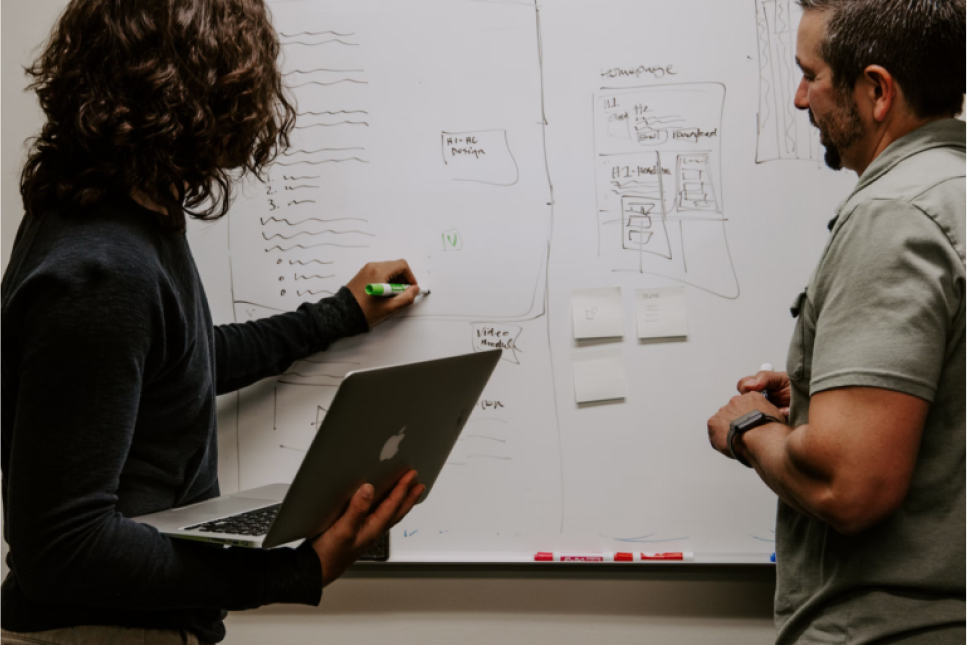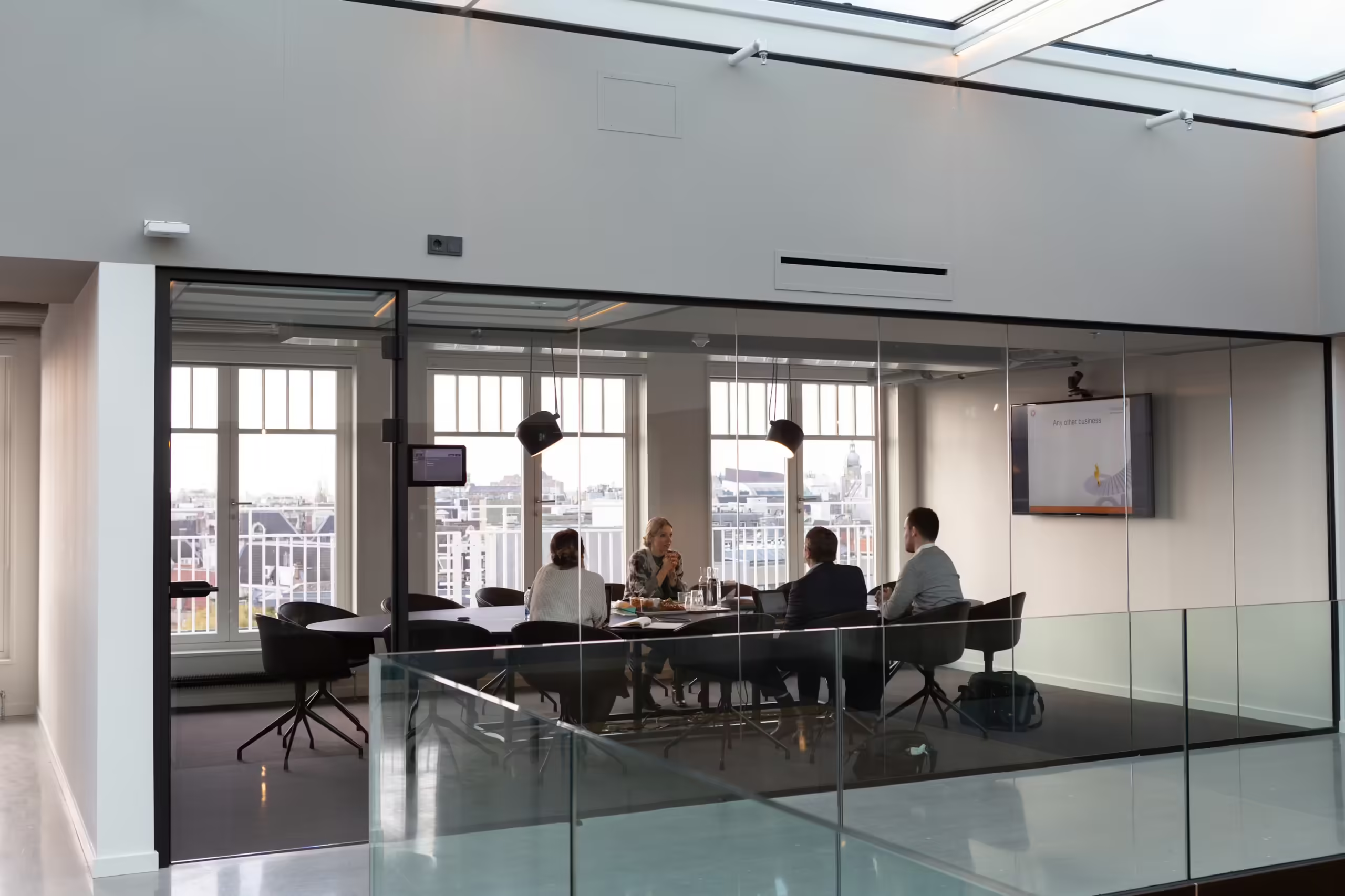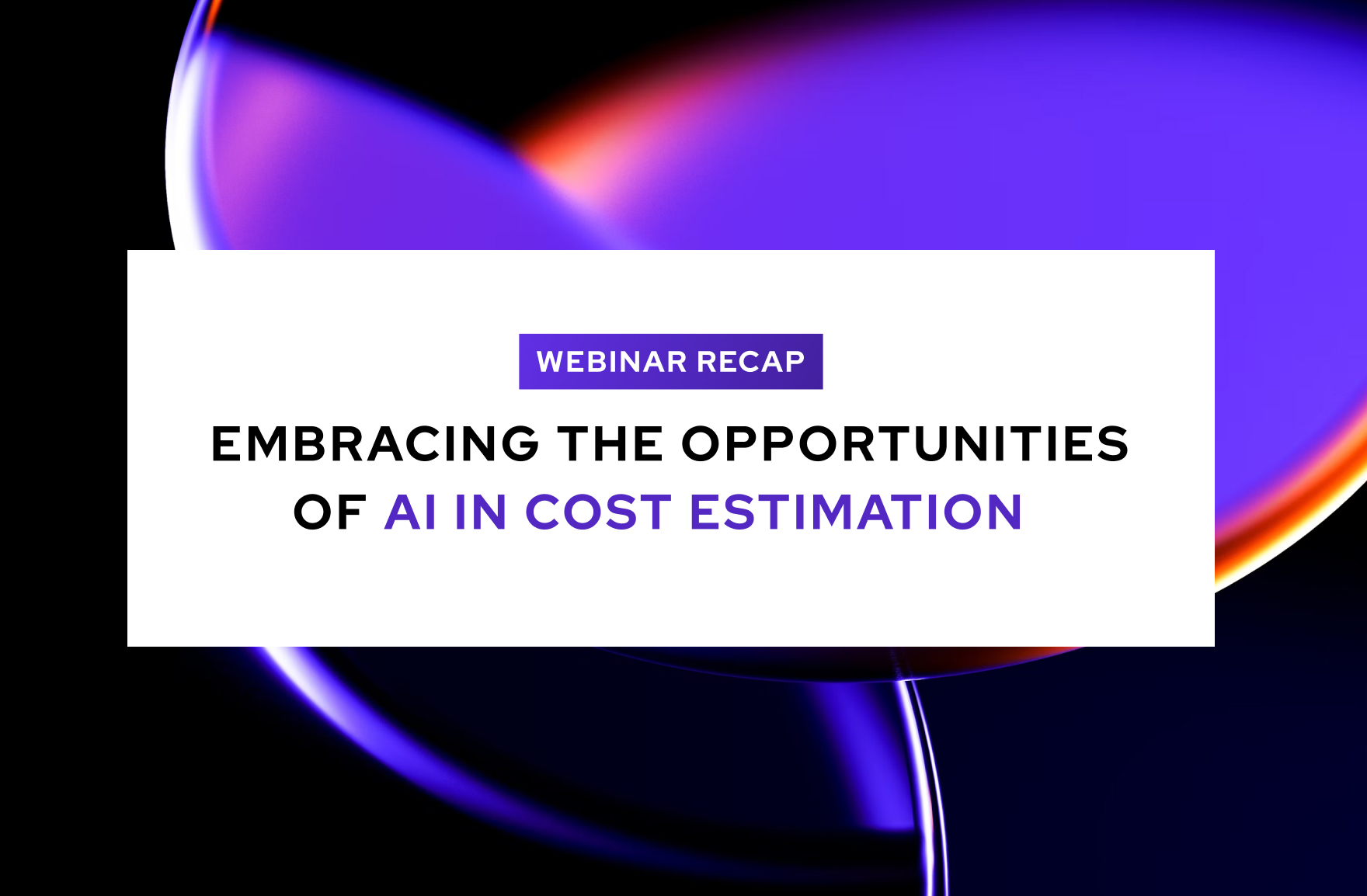
The need to monitor maintenance costs
most common mistake young tech entrepreneurs make is to drastically underestimate the amount of money spent on software. It is a common notion that software costs are a one-time expense that is incurred when the software is being developed/purchased. On the contrary, industry experts estimate that over 90% of all costs related to a relatively modern piece of software are the regular maintenance costs that most companies don’t account for. This ends up upsetting the budget and, in some cases, even throwing the entire project off track.
Modern software solutions are often highly intricate pieces of technology that require regular updates and maintenance. This maintenance work can often be tedious and time-consuming and needs to be planned for well in advance. State of the art, bespoke (custom made) software is even costlier to maintain as it requires a dedicated support team that is available at all times. Furthermore, effective software maintenance requires proper documentation so that the developers can be spared the trouble of going through thousands of lines of codes in multiple modules to locate and troubleshoot the problems.
Basic cost breakdown
The entire process of software maintenance involves many moving parts with varying degrees of complexity and resource requirements and hence different costs. Depending on the company’s software needs and existing market conditions, a varying number of services can be included in a standard maintenance package. Broadly, these services can be classified into three types.
- Corrective
- Adaptive
- Enhancing
Corrective software maintenance procedures involve all the work done to troubleshoot problems that the program/ software might experience. These can be the problems that show up during the initial testing phase (in which case they are to be solved right away) or once it is out to the consumers (in which case the troubleshooter programs need to be issued in update packets sent to the users). These usually make up for 20% of all software maintenance costs.
Adaptive maintenance procedures involve all the updates/changes made to the program to match up to current industry standards. No matter how cutting edge, a piece of technology needs regular updating to keep up with the latest developments in its field. Consumers usually opt for the most convenient, comprehensive options, which make adaptive maintenance a vital part of the technological upkeep. It makes up about 25% of all software maintenance costs.
Enhancing maintenance can be clubbed with adaptive maintenance procedures depending on the company’s needs. They are usually procedures done to include/remove any program functions as per the board and consumers’ suggestions. These are usually segregated from adaptive measures as they are solely based on the company’s discretion. Regular system enhancement can ensure maximum user satisfaction. These make up over 35% of all software maintenance costs.
It is essential to understand that these procedures do not entirely account for the Total Cost of Ownership (TCO) of a piece of software. The TCO usually includes various other factors such as deployment costs, licenses, legal fees, copyright costs, app store/ search engine commissions, etc. Other indirect expenses like marketing the new software to potential clients, training existing employees to operate the software/ hiring specialists, etc. can also be counted under the TCO. The TCO is an essential tool that helps a company plan for any expenses incurred during the maintenance and deployment of a particular software.
Factors that affect software maintenance costs
A lot of real-world factors can lead to a fluctuation in software maintenance costs. An extremely dynamic market can require more modification than a particular software can handle. Such software pieces (called ‘inflexible programs’) need to be rebuilt from time to time to keep up with the industry standard. This leads to inflated software maintenance costs. These can be managed by scheduling the process of modification as per the ROI that the program offers.
A software’s dependence on external servers (cloud or physical) is also a significant factor in deciding maintenance costs. Server space is relatively expensive and hence programs that require large servers can prove to be expensive. A clear idea of the amount of data your program is expected to hold for a particular time helps in accurately estimating these costs. A lack of server space would leave your program essentially debilitated, while a surplus of it would be a waste of money.
Apart from these, there are numerous other real-world factors that can upset your software maintenance budget. These can be accounted for by having a ‘buffer sum’ that would be used in the case of any such emergencies. This can be about 15-20% of the total estimated maintenance cost.
Ways to cut down software maintenance costs
DevOps is a highly effective programming method that helps in minimizing maintenance costs. The practice involves techniques that can make software development ‘continuous’ where the existing modules are still functional and can be used by the company while the modified ones are being worked on. Once the changes are made, DevOps ensures seamless transition, helping the users achieve a smoother transition.
Automatic site monitoring tools can save the hassle and time required to inspect the site for bugs regularly. Uptime Robot, Site 24 x 7, Tornimo, etc. are services that can be availed to ensure better documentation and detection of errors in the software program. This makes the entire process smoother and hence saves the company a lot of time and resources.
Software maintenance is a tricky yet integral part of the operations for any company. By considering all factors and plotting down an accurate plan of action, companies can save themselves the trouble of having to face unexpected expenses/time delays. A well-documented, well looked after software is often the difference between a mediocre and a successful organization.
While the above methods give you a general idea about software maintenance costs, Galorath’s SEER Project Management Application can give you a more accurate figure for your company’s software costs.
ACCURATELY ESTIMATE YOUR SOFTWARE MAINTENANCE COSTS
Imagine your business is implementing a software solution and is performing a cost/benefit and ROI analysis. How do you estimate the total costs of the solution which go far beyond the initial deployment? Specifically, how do you estimate the software maintenance cost? How will you be able to factor in software maturity into the overall decision? Without reliable software maintenance cost estimation, your business will be unable to accurately assess the Total Cost of Ownership (TCO), and how well can you rely on the projected ROI.
Businesses frequently mistake software maintenance for “bug” fixing, however the bulk of cost issues are caused by enhancements in functionality, as the software solution evolves over time. Software evolution is extremely difficult to factor into costing estimates.
How do you control these future costs (and benefits) which will follow successful implementation of a software solution?
SOFTWARE MAINTENANCE COST DEFINED
Software maintenance cost is derived from the changes made to software after it has been delivered to the end user. Software does not “wear out” but it will become less useful as it gets older, plus there WILL always be issues within the software itself.
Software maintenance costs will typically form 75% of TCO.
Software maintenance costs include:
- Corrective maintenance – costs due to modifying software to correct issues discovered after initial deployment (generally 20% of software maintenance costs)
- Adaptive maintenance – costs due to modifying a software solution to allow it to remain effective in a changing business environment (25% of software maintenance costs)
- Perfective maintenance – costs due to improving or enhancing a software solution to improve overall performance (generally 5% of software maintenance costs)
- Enhancements – costs due to continuing innovations (generally 50% or more of software maintenance costs)
HOW CAN GALORATH HELP WITH SOFTWARE MAINTENANCE COST?
Of course the percentage of each maintenance activity is variable based on the specific system and the above allocation rules of thumb are only rough general ideas.
Galorath’s SEER project management applications provide for an accurate and intuitive tool set for estimating software maintenance costs, development costs, upgrade costs and total ownership costs. SEER’s software maintenance cost model allows companies to identify the key drivers in post-deployment software costs and combines accurate estimation with a broad knowledge base.
WHY CHOOSE GALORATH FOR SOFTWARE MAINTENANCE COST?
Galorath’s SEER cost, schedule, risk and reliability estimating, planning and monitoring solution is used by thousands of projects worldwide: everything from IT systems to embedded systems.
For over 25 years, SEER has been providing cutting edge analysis and includes:
- Project Cost Management Software – allows you to easily identify critical cost components and establish possible outcomes by changing parameters so you can test design/functionality/cost tradeoffs much earlier in the development cycle
- Project Planning Software – helps you understand project scope and complexity, and allows a detailed, yet “intuitive” feel for project planning and assisting with the entire software development lifecycle
- Project Tracking Software – provides superlative project monitoring and control to enable you to keep your software development on track
SEER for Software includes the following features:
- Easy to Use Interface – a quick and easy, intuitive GUI for defining your software project. New projects may be added by using pre-existing project entries and defining new or modifying existing work elements. Powered by a pop-up wizard which guides users through the process of defining project scope and complexity and identifying what resources are required.
- Simulation and Modeling Engine – leading, state-of-the-art modeling tools derived from a very wide ranging database of project histories, key metrics and behavorial models.
- Knowledge Base – provides good “first look” estimations when information is scarce, effectively provides a virtual, in-house expert for providing project parameters and estimates based on prior project histories.
- Output – a full suite of project management and executive reporting tools is provided including report writing templates, executive summaries, charts and sensitivity analysis for use at any time in the project’s development and deployment.
Mastering the Art of Reliable Estimation in Digital and IT Projects
The evolution of estimation practices, challenges and best practices, and the utilization of advanced cost estimation tools to transform the estimation of notional project design from a complex challenge into a strategic asset in project management….
The role of ESG in Modern Manufacturing
In the architectural marvel that is modern business, ESG (Environmental, Social, and Governance) stands as the foundational pillar, especially within the manufacturing sector. Just as a well-constructed building requires a solid foundation, every ESG component ensures a manufacturing enterprise’s stability, resilience, and longevity….
Moving From a Rough Order of Magnitude (ROM) Estimate to a Detailed Project Plan
WHAT IS A ROM AND WHY DO I NEED ONE? Project managers—whether they work for a software development company, a manufacturing company, or an engineering design firm—are faced with the common challenge of estimating…
Guide to Building Best-in-Class Costing Systems
The costing system in an enterprise serves a strategic function for the business. It plays a vital role as understanding costs leads to better decisions. Costing can serve proposal responses, acquisitions, vendor assessment, pricing,…
Unlocking the Future of Cost Estimation
Insights from the webinar “Embracing Opportunities of AI in Cost Estimation,” presented by Galorath and the Society of Cost Engineers Galorath and The Society of Cost Engineers presented an exclusive webinar aimed at…






